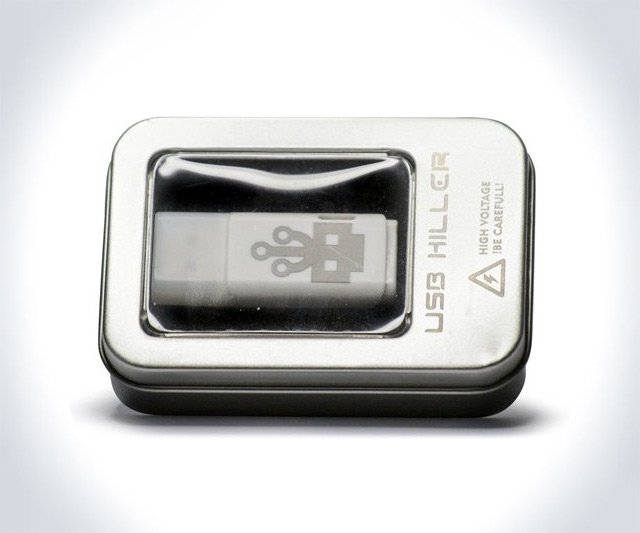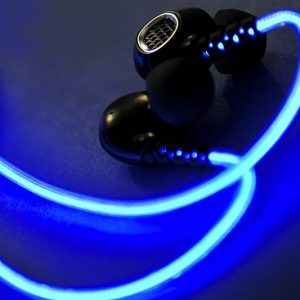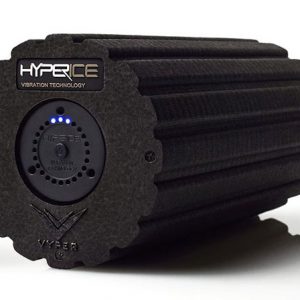Description
If you’re using a USB Kill stick you’re either pen-testing, trashing your old PC for recycling, or being very, very…very evil. Come on now, I know he cooks eggs in the staff room microwave, and eats beef & bean burritos for lunch and then farts decaying anchovies at a paper mill the rest of the afternoon, but does he really deserve to lose all the contents of his personal laptop when he leaves a 3 on Friday to make his kid’s soccer game and forgets to take it home with him?
Dudes, the morality of that decision is in your hands.
In its most ethical and appropriately-applied form, the CE-approved USB Kill 2.0 is a testing device that gauges how well your USB ports can stand up to power surge attacks. To being, it collects power from the USB power lines (5V, 1-3A) until it reaches plus or minus -240V. Then it unloads that storm of voltage into your USB data lines. The charge / discharge cycle is, yes, lightning fast, hitting multiple times per second, and continuing for as long as the stick is plugged in, or until it’s got no more juice left to discharge. The latter means the circuit in your host machine is dead & done.
USB Kill 2.0 makers say that almost all consumer-level hardware fails when tested against their device, largely resulting in complete destruction. Which means it’s tool they think both public machine and consumer hardware designers should have for testing products such as copy machines, ticket terminals, cell phones, laptops, TVs, anything with exposed USB ports that could come under electrical or malicious attack. The Kill stick could also be a household tool for you as a consumer, if you want to test or kill your own devices.
The USB Kill 2.0 also has a yang to its yin, the dual-purpose USB Kill Tester Shield. This antidotal device allows you to test the USB Kill 2.0 without damaging your host device. It also prevents data theft via “juice-jacking,” which can happen if you use a charger / USB port that isn’t your own.










